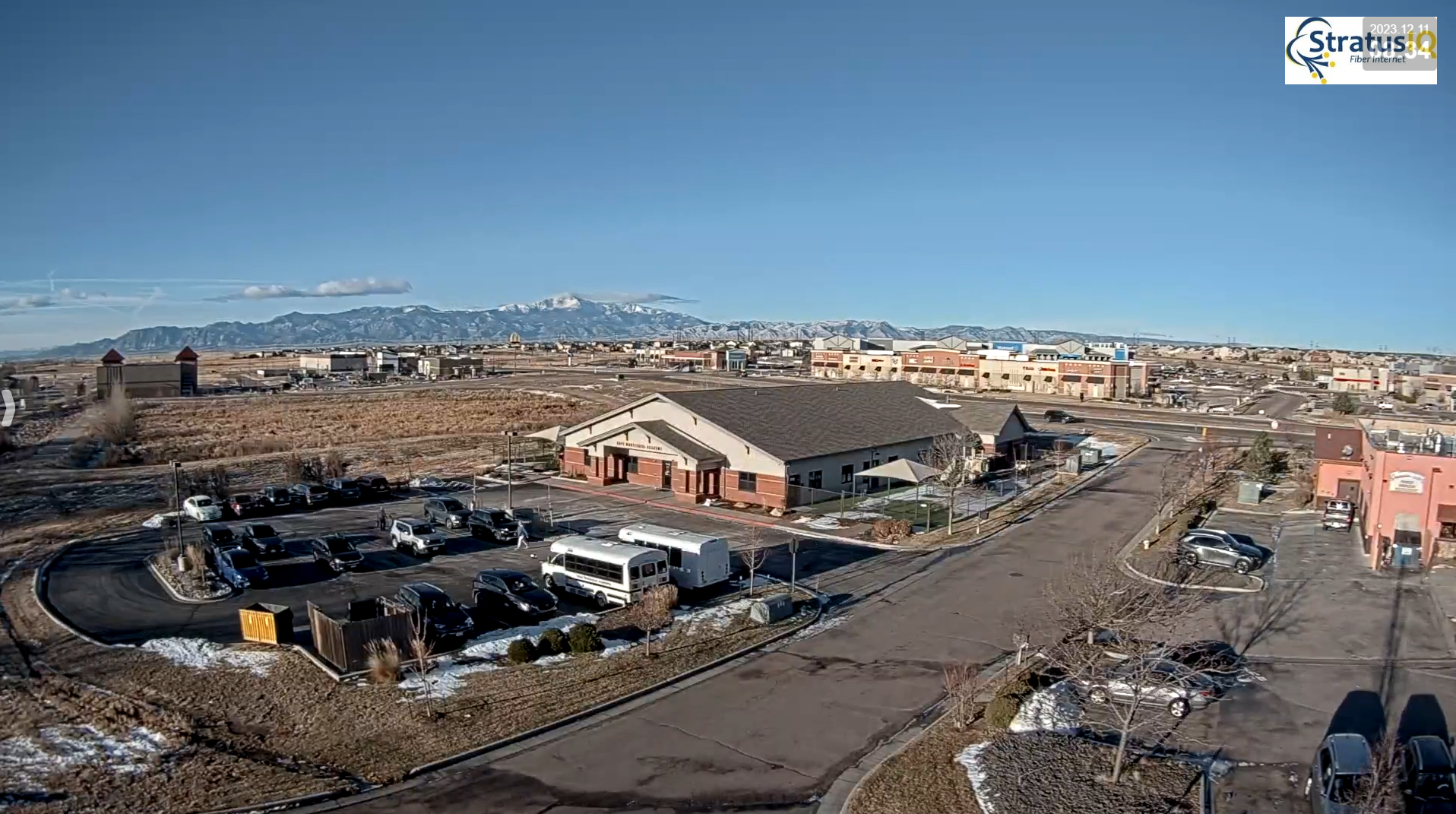By Erin Wheeler
’Tis the season for puppies and kittens. As cute and irresistible as they might be, many of them end up in shelters or roaming the streets (as in feral cats, especially). In light of the season, The New Falcon Herald contacted some Colorado shelters to check on their animal populations and adoptions.
The largest shelter in the El Paso County area, Humane Society of the Pikes Peak Region, stated in February that they are not currently experiencing a crisis. Comparing statistics from 2024 and 2023, HSPPR is down about 3% in pets being surrendered and adopted. Cody Costra, HSPPR public relations manager, said that it “makes sense these two numbers are pretty closely related.”
For Denver-based Humane Colorado (formerly the Dumb Friends League), adoptions are down 21% and surrenders are down 20% since July 1, 2024. A promising trend is that Humane Colorado is adopting out cats and kittens the same day they are placed on the adoption floor.
Wild Blue Cats, a feline rescue located near Black Forest, reported the number of intakes has increased annually, and so has the number of adoptions. In 2023, the percentage of adoptions was 66%, compared to 84% in 2024. The organization’s director of sanctuary operations, Michelle Burkhart, said that adoptions are outpacing intakes so far in 2025.
Another cat rescue experiencing an uptick in adoptions is Happy Cats Haven located in Manitou Springs. In 2024, the organization adopted out 774 cats and kittens, which was 19% more than the previous year.
Happy Cats Haven noted that cat adoptions and surrenders are trending in a positive direction as a whole.
Wild Blue Cats has noticed improvement specifically in the area of feline euthanasia, with fewer healthy cats and kittens being put down across the shelter system. Doing their part to help healthy cats live, 62% of 2024 adoptions from Happy Cats Haven were for at-risk adults and “catolescents,” allowing the organization to increase transfers from other rescues to save more healthy animals from euthanasia.
Davyd Smith, the executive director of No Kill Colorado (an organization that advocates for the lives of shelter pets across the state), acknowledged that the state’s crisis of unnecessary euthanasia has gradually improved. He noted that about 30,000 healthy animals were euthanized in shelters in 2011 and that count has now dropped to 5,000. He said he has hope that the situation can be remedied even further.
As trends have shifted throughout Smith’s years of advocacy, he said one common theme has remained constant: Shelters and rescues are still extremely overwhelmed.
That sentiment is proven true with multiple local shelters chronically running at capacity.
“We are always at capacity, as there are always more homeless cats and kittens than we have room for at the Haven,” said Sara Ferguson from Happy Cats Haven.
Burkhart from Wild Blue Cats similarly said, “Based on our ability to provide quality care for the cats and kittens we have, we are at capacity. The ebbs and flows are based on volunteer and foster availability. Right now, I would consider us at capacity because we have had lots of volunteers missing shifts because of weather, sickness or other commitments. We could be at capacity for a month or several months based on all of those factors.”
For the past three years, Peyton-based PYrescue has had a waitlist of at least 50 dogs on standby to be accepted at the rescue if space became available.
Humane Colorado said they consistently have an abundance of space for small animals like cats or kittens, but are frequently at capacity for dogs, which creates a backlog of canines waiting to be adopted.
Increased public awareness and education about the importance of ethical pet adoption and the shelter industry as a whole contributes to the progress that one day could ease the burden of local shelters.
Smith said, “We have six times more adopters than we need to save every healthy and treatable pet that comes into the Colorado shelter system.”
Aside from adoption, there are other ways to help animals in need and lighten the load for shelters and rescues.
Burkhart said, “The biggest thing people can do is to help with the trap, neuter and return of community (feral) cats. That will reduce the number of kittens born, and will keep populations in the community stable.”
Fostering animals also helps expand the services of many foster-based rescues.
Pet parents considering surrendering a beloved animal because of financial or other similar hardship are urged to utilize resources available so they can keep their pets.
Humane Colorado vice president of sheltering, Mary Sarah Fairweather, said, “We are here to remove barriers to pet ownership and keep furry friends where they belong — at home.” Humane Colorado offers subsidized veterinary services for ill or injured pets and behavioral consulting free of charge for animals struggling with challenging behavior.
It takes a village. Ferguson said, “All the shelters and rescues in our region work very hard to find homes for all our homeless and abandoned animals.”






